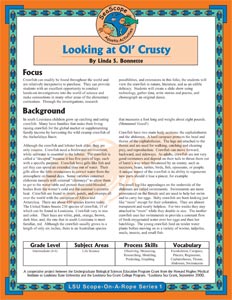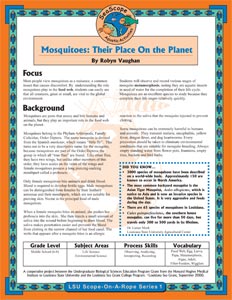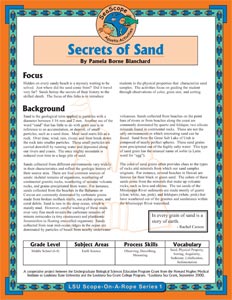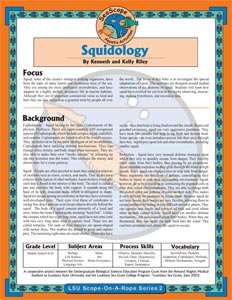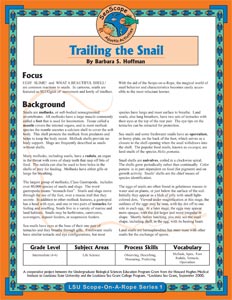SeaScope Activity Folios
SeaScope activity folios are written by teachers for teachers. They use the video microscope nicknamed “Scope-On-A-Rope” (SOAR) in science lessons on aquatic organisms.
Interested in ordering? Find out more
Addendum: When Ordering Snails for the Classroom
Each SeaScope folio includes:
- Background information
- Detailed procedures
- Blackline masters
- Assessment ideas
- Resource lists for students and teachers
- Correlated to National Science Education Standards
- Extensions
Interested in ordering? Download the order form.
| Item: | Price: |
| SeaScope folios in print | $8.00 |
| Scope-On-A-Rope How-To Book | $4.00 |
| SeaScope folios on CD | $5.00 |
| SPECIAL! Order all three! | $10.00 |
An LSU website has been created to assist educators in the use of the SOAR. It contains simple lesson ideas, images, helpful tips, etc. The URL is http://scopeonarope.lsu.edu/ .
Scope-On-A-Rope, manufactured by Scalar, Inc., is available nationwide through several distributors, all listed on Scalar’s website at www.scalarscopes.com.
Addendum: When Ordering Snails for the Classroom
The lessons and activities in Trailing the Snail recommend the use of freshwater snails, available from aquarium and pet stores. Land snails are also available but we do not recommend their use. Three species known as giant African land snails may be offered for sale in your market place. These have been identified as agricultural pests and as threats to human health by the U.S. Department of Agriculture, Animal and Plant Health Inspection Service. We strongly recommend that you do not purchase and/or use these or any land snails in conjunction with this folio. In addition, we strongly recommend that you do not release any snails into the environment or give them away after your class has completed Trailing the Snail. Euthanize them or return them to your aquarium or pet store.
If you have a Giant African land snail, DO NOT release into the environment. If you see one in the environment, contact the U.S. Department of Agriculture.

